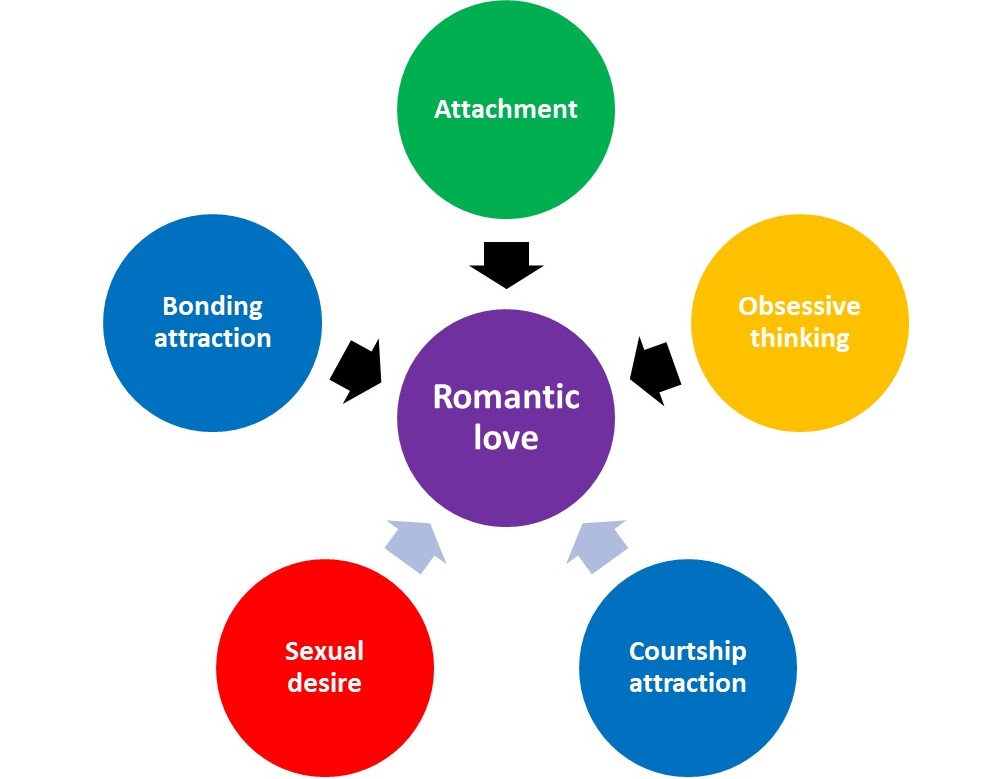New approach to the science of romantic love

Theory of co-opting mother-infant bonding
Adam is a proponent of a theory that says romantic love evolved by co-opting mother-infant bonding. Co-option is the process whereby a trait is reproduced to serve a different function than it originally served. “[S]ome of the cognitions, emotions, behaviors, neurobiology, (neuro)endocrinology, and genetics of mother-infant bonding were co-opted to form romantic love… The function changed from mother-infant bonding to pair bonding (i.e., pair bond formation). Other mechanisms and psychology (i.e., courtship attraction and sexual desire) may have also been combined and modified…” (Bode, 2023, p. 4).
Evidence
– Romantic love and mother-infant bonding share a number of psychological similarities
– Both romantic love and mother-infant bonding are associated with obsessive thinking
– There are a number of neurobiological similarities between romantic love and mother-infant bonding
– There are (neuro)endocrinological similarities between romantic love and mother-infant bonding (i.e., oxytocin activity)
Key insights
– Romantic love results from activity of multiple biological systems involved in human reproduction (i.e., bonding attraction, attachment, obsessive thinking, courtship attraction, and sexual desire)
– Romantic love serves a pair bond formation function
– Clear ideas for future research

3-minute audio summary of the theory of co-opting mother-infant bonding
Key publications
– Bode, A. (2023). Romantic love evolved by co-opting mother-infant bonding. Frontiers in Psychology, 14. doi:10.3389/fpsyg.2023.1176067
– Bode, A., & Kushnick, G. (2021). Proximate and Ultimate Perspectives on Romantic Love. Frontiers in Psychology, 12(1088). doi:10.3389/fpsyg.2021.573123
– Walum, H., & Young, L. J. (2018). The neural mechanisms and circuitry of the pair bond. Nature Reviews Neuroscience, 19(11), 643-654. doi:10.1038/s41583-018-0072-6
– Numan, M., & Young, L. J. (2016). Neural mechanisms of mother-infant bonding and pair bonding: Similarities, differences, and broader implications. Hormones and Behavior, 77, 98-112. doi:10.1016/j.yhbeh.2015.05.015
